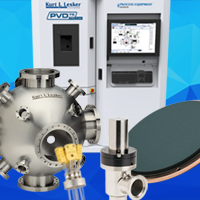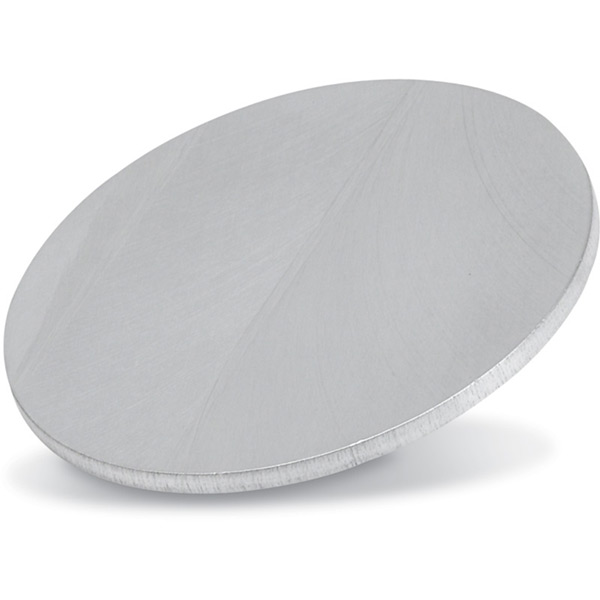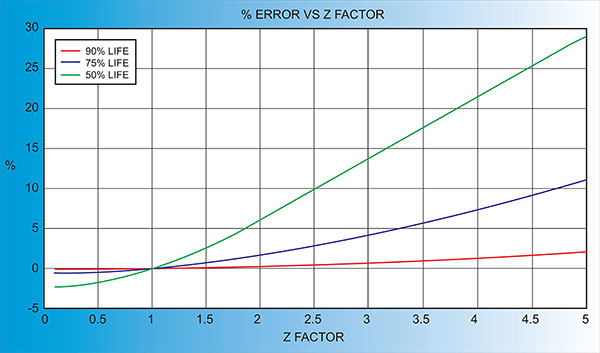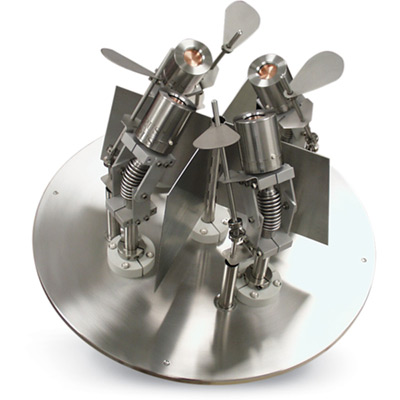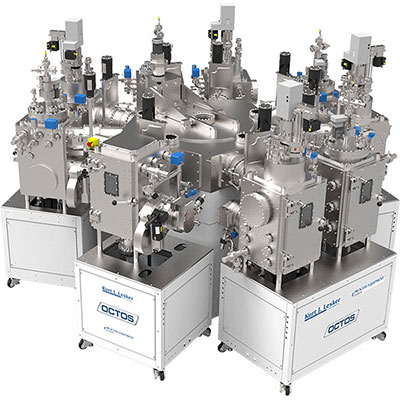Chromium (Cr) Sputtering Targets Overview
Our comprehensive offering of sputtering targets, evaporation sources and other deposition materials is listed by material throughout the website. Below you will find budgetary pricing for sputtering targets and deposition materials per your requirements. Actual prices may vary due to market fluctuations. To speak to someone directly about current pricing or for a quote on sputtering targets and other deposition products not listed, please click here.
Chromium (Cr) General Information
Chromium is one of the most popular metals in the world. Chromium is a silvery, lustrous, hard, and brittle metal known for its high mirror polish and corrosion resistance. It has a melting point of 1,857°C, a density of 7.2 g/cc, and a vapor pressure of 10-4 Torr at 1,157°C. Its name comes from the Greek word "chroma", which means color, due to its very colorful compounds. It is widely used in the automobile industry to form a shiny coating found on wheels and bumpers. Chromium is used in many vacuum applications such as automotive glass coatings, photovoltaic cell fabrication, battery fabrication, and decorative and corrosion resistant coatings.
Chromium (Cr) Specifications
| Material Type | Chromium |
| Symbol | Cr |
| Atomic Weight | 51.9961 |
| Atomic Number | 24 |
| Color/Appearance | Silvery, Metallic |
| Thermal Conductivity | 94 W/m.K |
| Melting Point (°C) | 1,857 |
| Coefficient of Thermal Expansion | 4.9 x 10-6/K |
| Theoretical Density (g/cc) | 7.2 |
| Z Ratio | 0.305 |
| Sputter | DC |
| Max Power Density (Watts/Square Inch) | 80* |
| Type of Bond | Indium, Elastomer |
| Comments | Films very adherent. High rates possible. |
* This is a recommendation based on our experience running these materials in KJLC guns. The ratings are based on unbonded targets and are material specific. Bonded targets should be run at lower powers to prevent bonding failures. Bonded targets should be run at 20 Watts/Square Inch or lower, depending on the material.
* Suggested maximum power densities are based on using a sputter up orientation with optimal thermal transfer from target to the sputter cathode cooling well. Using other sputtering orientations or if there is a poor thermal interface between target to sputter cathode cooling well may require a reduction in suggested maximum power density and/or application of a thermal transfer paste. Please contact techinfo@lesker.com for specific power recommendations.
